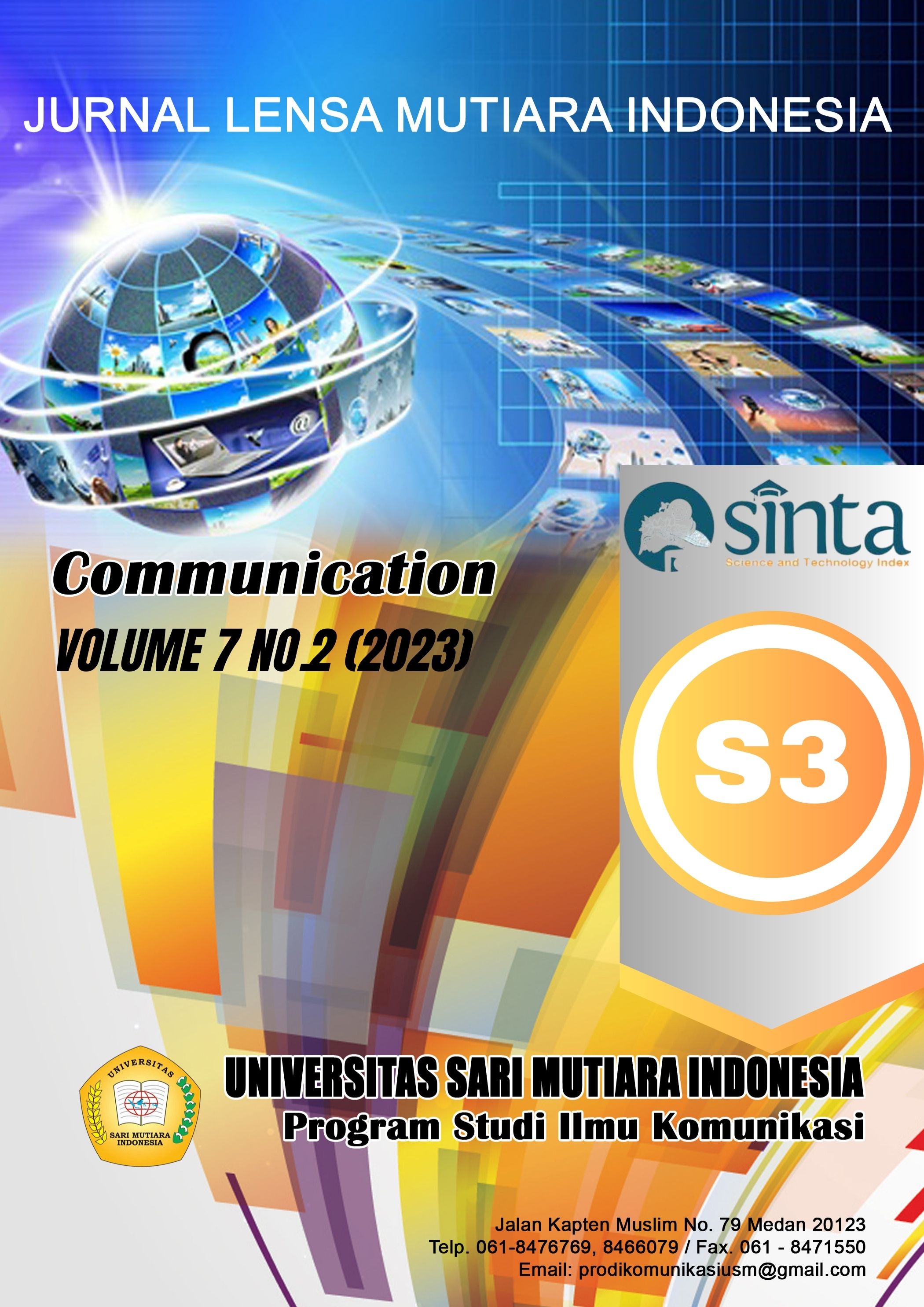Strukturasi Adaptif Penggunaan Teknologi Informasi pada Instansi Pemerintahan
Main Article Content
Abstract
The implementation of periodic monitoring and evaluation is one of the keys to the successful implementation of bureaucratic reform in an organization. Various ways are carried out so that the implementation of evaluation monitoring is carried out periodically by each organization. Various components become objects that must be monitored and evaluated continuously. This is not an easy thing to do with its various complexities. One of the government agencies has implemented Information Technology as one of the efforts to implement scheduled, up to date and optimally evaluated bureaucratic reforms. With an adaptive structuring theory approach, this study aims to see how the adaptive structuring process in the use of e-monitoring applications qualitatively by interviewing a number of respondents who are Civil Servants in each Working Group in eight areas of bureaucratic reform changes. The results showed that the use of e-monitoring application is the process of structuring information technology on rules and resources produced and reproduced by users in the organization. Then there is an interplay between the information technology structure ofe-monitoring with the structure of features, other structures, and internal organizational systems. Adjustments made in interacting also give rise to a new structure that is continuously carried out by users so that it is legitimized in the use of e-monitoring as a process of monitoring and evaluating the implementation of bureaucratic reforms.
Downloads
Article Details

This work is licensed under a Creative Commons Attribution-NonCommercial-ShareAlike 4.0 International License.
References
Aboelmaged, M.G. (2010), “Predicting e-procurement adoption in a developing country: an empirical integration of technology acceptance model and theory of planned behavior”, Industrial Management & Data Systems, Vol. 110 No. 3
Ananda, I. D. R., Sultan, M. I., & Karnay, S. (2022). Pemanfaatan Big Data Bagi Praktisi Public Relations Pertamina Regional Sulawesi. JIIP - Jurnal Ilmiah Ilmu Pendidikan, 5(11), 4803-4806. https://doi.org/10.54371/jiip.v5i11.1074
Batara, E, Nurmandi, A, Warsito, T, and Pribadi, U. (2017). Are Government Employees Adopting Local E-government Transformation? The Need For Having The Right Attitude, Facilitating Conditions and Performance Expectations. Emerald Publishing Limited.
Dainton, M & Zelley, E.D. (2019). Applying Communication Theory For Professional Life. Los Angeles: Sage Publication.
DeSanctis, Gerardine, and Marshall Scott Poole. (1994). Capturing the Complexity in Advanced Technology Use: Adaptive Structuration Theory. Jurnal Organization Science Vol. 5 No.2: 121-147.
Fang, Zhiyuan. (2002). E-Government in Digital Era: Concept, Practice, and Development Thailand: National Institute of Development Administration (NIDA).
Griffin, Em. A First Look at Communication Theory 7th edition. New York: Mc Graw Hill, 2008.
Kharisma, Tiara, and Firman Kurniawan Sujono. (2018). Analisis Strukturasi Adaptif: Implikasi Penggunaan Teknologi Informasi Dalam Pelayanan Informasi Publik Organisasi Pemerintahan.
Krisnandari, A.A.M., Dewa Made Wiharta, D.M.W., Nyoman Putra Sastra, N.P. (2019). Penerapan Teknologi Informasi dalam Reformasi Birokrasi pada Bidang Pendidikan. Majalah Ilmiah Teknologi Elektro, Vol. 18, No. 2, Mei - Agustus 2019 DOI: https://doi.org/10.24843/MITE.2019.v18i02.P19
Kumara, R, Ajengmas. (2021). Dinamika Komunikasi Organisasi dalam Praktik Teleworking Tim Pengembang Perangkat Lunak di Indonesia.Yogyakarta.
Luckandi, Diardo. (2018). Analisis Transaksi Pembayaran Menggunakan Fintech Pada UMKM di Indonesia: Pendekatan Adaptive Structuration Theory. Universitas Islam Indonesia.
Littlejohn, S. W., and Karen A. F. (2009). Encyclopedia of Communication Theory. United States in America: Sage Publication.
Littlejohn, S. W., Karen. A. F & Oetzel, J. Z. Theories of Human Communication. United State of America: Waveland Press, Inc.
Moleong, L. (2005). Metodologi Penelitian Kualitatif. PT Remaja Rosdakarya.
Neuman, W. Laurence. (2013). Metodologi Penelitian Sosial: Pendekatan Kualitatif dan Kuantitatif, Edisi Ketujuh. Jakarta: Indeks
Nurmandi, A. and Kim, S. (2015), “Making e-procurement work in a decentralized procurement system: a comparison of three Indonesian cities”, International Journal of Public Sector Management, Vol. 28 No. 3
Markus, M. L., & Silver, M. S. (2008). A foundation for the study of IT effects: A new look at DeSanctis and poole's concepts of structural features and spirit *. Journal of the Association for Information Systems, 9(10), 609-632.
Olowa, T., Witt, E., Morganti, C., Teittinen, T., & Lill, I. (2022). Defining a BIM-enabled learning Environment—An adaptive structuration theory perspective. Buildings, 12(3), 292. doi:https://doi.org/10.3390/buildings12030292
Tanaamah, A.R., Wijaya, A.F & Maylinda, S.A. (2021). Tata Kelola Teknologi Informasi Pada Sektor Publik: Penyelarasan Teknologi Informasi Dengan Visi Kepemimpinan (Studi Kasus: Kota Salatiga dan Kabupaten Bengkayang). Jurnal Teknologi Informasi dan Ilmu Komputer (JTIIK).
Yusriadi, Y. (2018). Reformasi Birokrasi Indonesia: Peluang dan Hambatan. Jurnal Administrasi Publik (Public Administration Journal), 8(2), 178–185. https://doi.org/10.31289/jap.v8i2.1824
